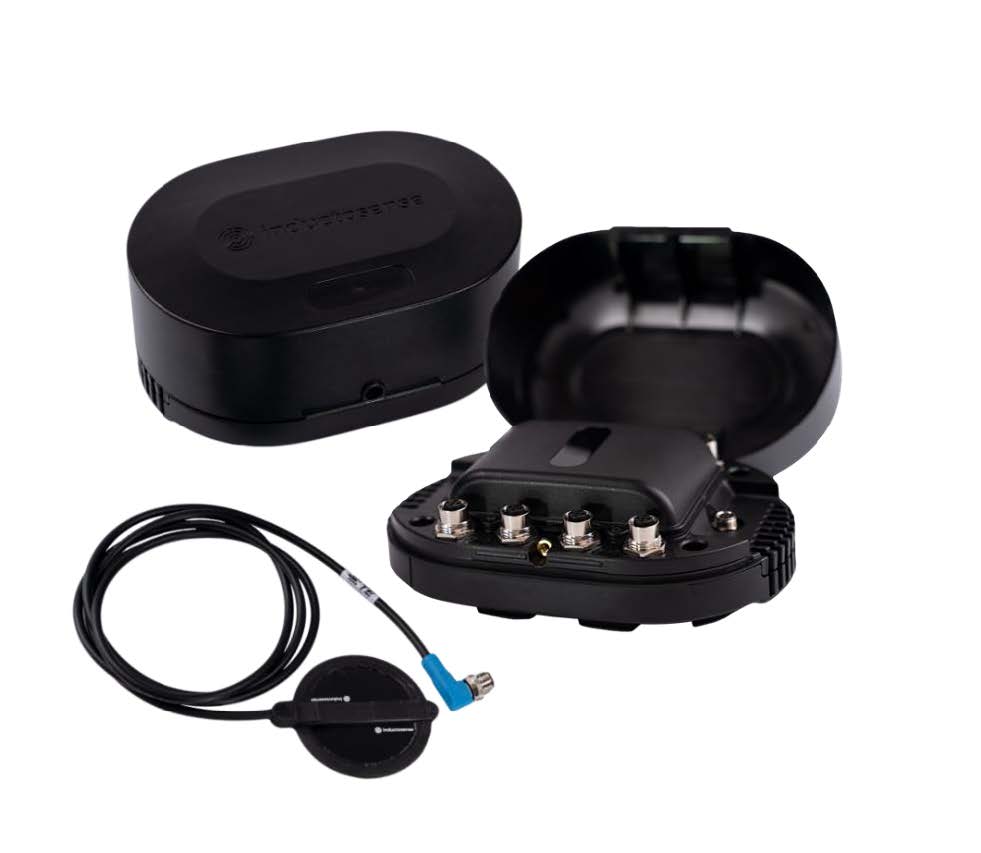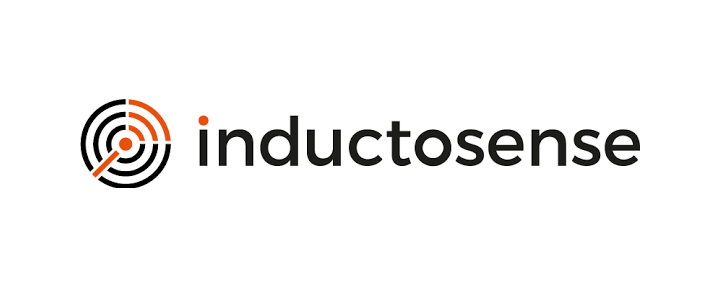ATEX PCB design case study: What is the WAND Remote Data Collector?
The WAND Remote Data Collector is a pioneering 8-channel ultrasonic IoT device certified for ATEX Zone 0 environments. ByteSnap Design achieved this by integrating Intrinsic Safety PCB Design, long-range antenna tuning, and ultra-low power management to deliver a 5+ year battery life and 200m communication range.
Intrinsically Safe IoT PCB Design – Case Study Snapshot
- Company: Inductosense Limited
- Profile: UK-based company that designs and manufactures ultrasonic sensor technologies for internal corrosion and erosion monitoring
- Size: 11-50 employees
- Project vertical: Oil & Gas
- Challenge: Substantial upgrade of flagship WAND Remote Data Collector for it to comply with stringent ATEX compliance requirements; together with delivering improvements in range and battery life
- Solution: Design and development of a fully ATEX-compliant device with long-range connectivity, multi-year operation, and advanced inspection capabilities
- Services: Feasibility Study, PCB Design (Printed Circuit Board Design), ATEX Product Design
- Impact: Client now has industry-leading product: the first 8-channel, ultrasonic IoT device that can operate in Zone 0 environments – with a 5+ year battery life and 200m communication range.
The WAND Remote Data Collector also won IoT Product of the Year at the ELEKTRA Awards
Client has since added the Wand HDC to its portfolio – winning the Kings Award for Innovation

Introduction
Inductosense designs and manufactures electronic products with ultrasonic sensor technologies for internal corrosion and erosion monitoring for the Oil and Gas industry.
Based in Bristol in south-west England, its team of experts, engineers, industry and academic specialists successfully serves customers worldwide with its remote monitoring solutions.
Inductosense clients include BP, Hitachi, Sinochem, Petronas, Chevron, Tesco and Abdulla Fouad.
One of Inductosense’s prize exports is its WAND technology; an embeddable wall thickness monitoring system that enables accurate, repeatable measurements at a fraction of the cost and time of alternative methods.
The company decided to expand on the early success of its system with several improvements to make it ATEX-compliant and more versatile, to expand its appeal in the industry.
What are the challenges in complex PCB design?
Complex PCB design faces challenges such as signal integrity issues, thermal management concerns, component placement optimisation, and design for manufacturability. Balancing all these aspects while ensuring functionality and reliability is crucial in complex PCB design projects.
Technical Challenges Overcome
Once contracted by Inductosense, ByteSnap’s ATEX product design and electronics engineering teams began tackling the many complex design challenges and uncertainties that the project presented.
For instance, the WAND Remote Data Collector needed to achieve a range of over 100m so that data could be downloaded remotely. However, it was unclear whether the antenna and circuit design would support this inside the enclosure.
There were also significant challenges in meeting ATEX compliance requirements for use in potentially explosive environments. The coil, power supply and battery design all posed explosion risks that had to be mitigated. Effective encapsulation solutions had to be developed.
In addition, the device needed to meet requirements for permissible current levels and avoid electrostatic discharge and electromagnetic interference issues.
Other technical challenges included:
- component placement and supply chain volatility affecting related components
- dealing with potential RF interference
- accurately monitoring non-linear battery voltage drops
- optimising signal quality to avoid overshooting ADC limits
- securely encrypting data transfers
- designing an enclosure that could achieve IP66 ratings for dust and water protection.
Overall, creating an intrinsically safe device with long-range wireless connectivity, multi-year battery life, and extensive sensor capabilities involved overcoming uncertainties across the PCB design process, PCB layout, electrical design, antenna tuning, encapsulation methods, and enclosure design.
Careful testing, simulation, and component selection would be required during the design process.
Solution – PCB layout, simulation and prototyping
To achieve the required 100-200m range, extensive simulations and trial-and-error tuning of the antenna matching circuit were conducted with the enclosure in place. This signal integrity optimisation ensured effective wireless performance despite the constraints.
Resolving the ATEX compliance challenges required carefully designing the coil and power supply encapsulation to meet permissible current densities and prevent sparking. The coil moulding employed through-thickness holes to securely lock components, while the power supply used a PCB with holes to improve encapsulant bonding. These solutions provided robust explosion prevention.
Other key solutions included adding a resistor to improve signal quality to the ADC, developing a coulomb counter for accurate battery monitoring, using Santoprene for battery encapsulation, implementing the GCM algorithm for encryption, and rigorous testing to validate IP66 protection.
The next step saw prototype devices fabricated and then tested by certification agencies to identify remaining ATEX issues. Additional design revisions were completed in a second-generation prototype to address these final uncertainties. Extensive troubleshooting, analysis, and iteration ultimately led to a fully compliant intrinsic safety rating.
The ByteSnap team overcame numerous technical hurdles through extensive research, testing, collaboration, and sheer persistence. The final product provides advanced capabilities far beyond previous offerings.
Key Achievements
- The result of the WAND Remote Data Collector development project – the creation of a groundbreaking device for hazardous industrial environments.
The final product features advanced technologies and improved functionality. It represents the first 8-channel ultrasonic IoT device capable of operating in Zone 0 environments with an extended battery life exceeding 5 years and a long-range wireless connection up to 200 metres.
- This automated data collector enables continuous remote structural health monitoring and thickness measurements without requiring personnel to manually collect data on-site. The long wireless range and multi-year power supply facilitate continuous monitoring, even in difficult-to-access locations.
- Compliance with ATEX standards allows the device to be deployed in potentially explosive atmospheres.
- The capabilities of this product represent a major leap forward for non-destructive testing and industrial Internet of Things technology. The project overcame significant uncertainties and challenges to achieve something well beyond the previous state-of-the-art.
- This WAND remote data collector provides substantial safety, efficiency, and predictive maintenance benefits to end users across oil, gas, chemical, and other industries.
Impact
- Automated data collection saves time and removes personnel from hazardous environments.
- Long battery life and range facilitate continuous remote monitoring.
- ATEX compliance allows use in explosive atmospheres.
- Accurate data aids in predictive maintenance.
- Peace of mind and excellence in complex PCB design come from working with ByteSnap’s ATEX engineering experts.
- Overall, a major step forward in non-destructive testing capabilities.

